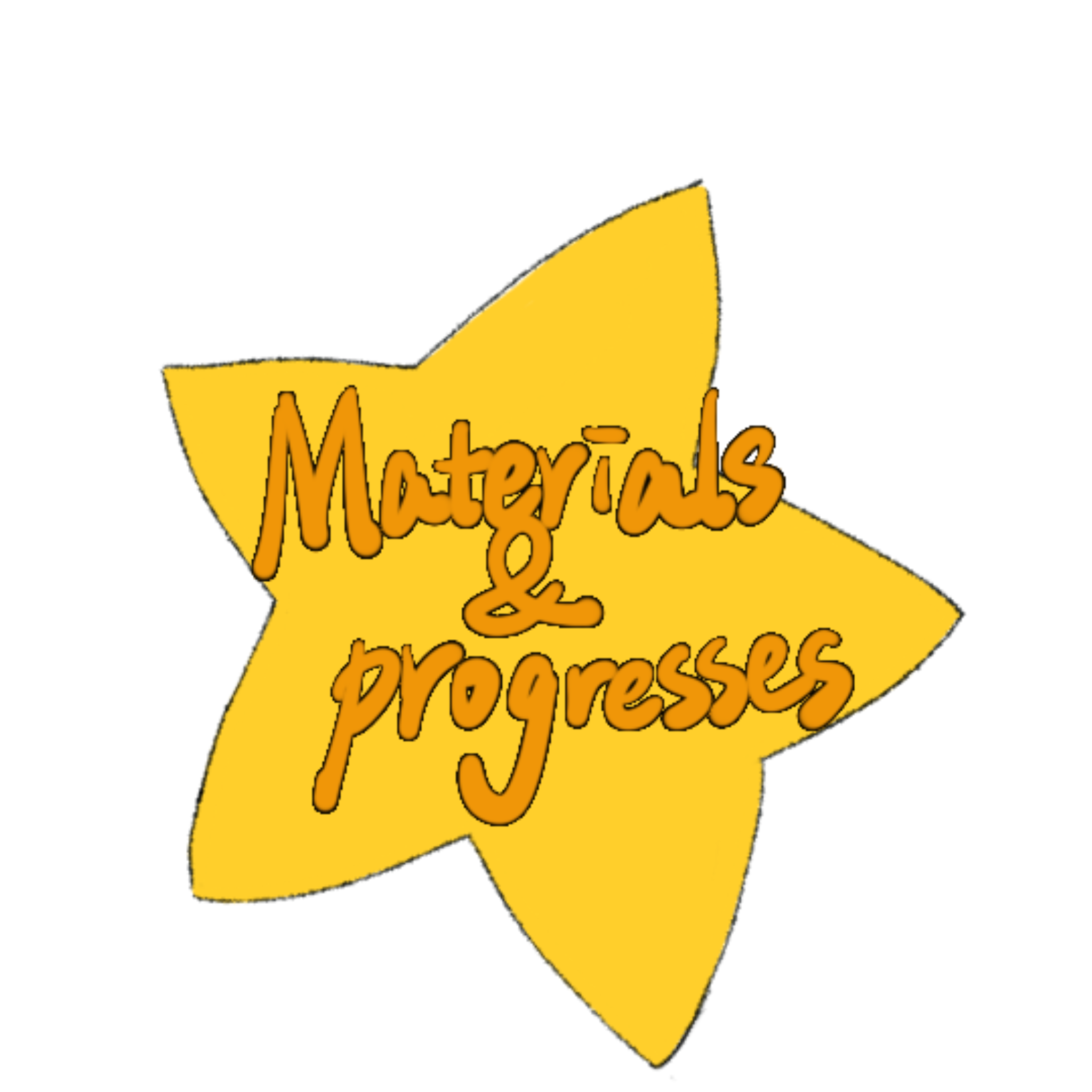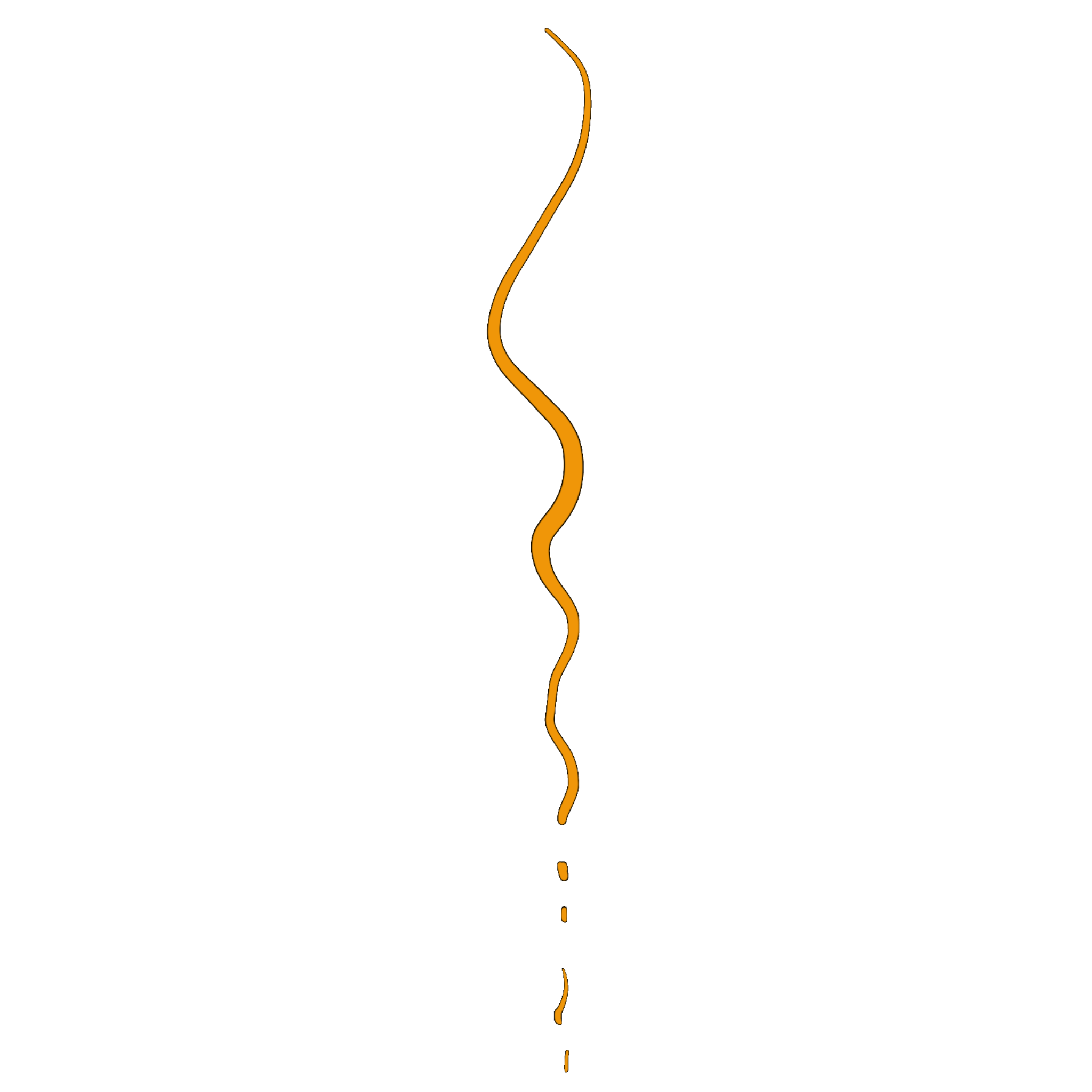As for the application of materials in illustration, I am always lacking. Before actually investigating, I used to think of only different painting materials: watercolor, lead, ink, etc. But in the course of my research, I came across the work of an artist named Rong Pham.
It looks like he used lead paint first, then cut and collage. In fact, this has a great impact on me. Although my lack of language is unable to accurately tell the difference between such "collage" and "directly drawn illustration", such means really effectively create the primary and secondary relationship in the picture and the sequence in the scene. That is to say, when I look at his postcard Spring into Reading, I can clearly see at a glance what he wants the audience to notice first.
The collage technique is also evident on the cover of The Jungle Book, which he painted. In this way, some edges of the paper cut are not soft enough, and geometric figures are also very subtle to represent the jungle and the protagonist.

If you want you can click this picture to go to Rong Pham's website.
In the follow-up investigation, it is not difficult to find that a large number of children's picture books take the form of collage. An artist of children's picture books from China said that the works made from simple newspaper, flower petals and cardboard are more likely to stimulate children's hands-on skills. Because children are more sensitive to simple compositions such as color blocks than to blindly fine pictures, and collage supplies such as newspaper and paper, as well as photos of some magazines are the most accessible creation tools for children, so that they can find themselves easily open the road to creation.
An illustrator should be flexible about what materials he or she will use, not just what he or she is good at. For example, more detailed works can choose markers, pencils and so on, but if the overall atmosphere is dark, you can also just use pencils or black ink and so on to create. Whether it's images or materials, these things ultimately serve the story.
The most important technique in narrative illustration is empathy. Whether it's empathizing with the audience or empathizing with the subject of the story and the picture that you're portraying.
As for the narrative process, as I keep mentioning, story is the most important part of narrative illustration, so of course the first step is to create or understand the story you will be serving and its audience. After collecting inspiration through primary and secondary research, I should first communicate with the creator of the story for a better understanding, and then draw a rough sketch. After this step, the choice of materials may be entangled, so you can make a judgment after repeated experiments and adjustments. Finally, refine and finish the work.

Rong Pham's poster for the project "Thủ thà thủ thỉ"